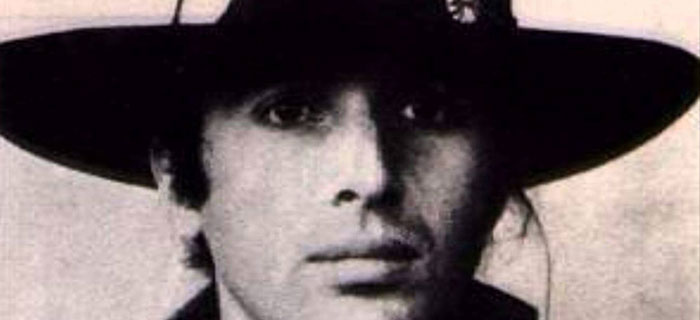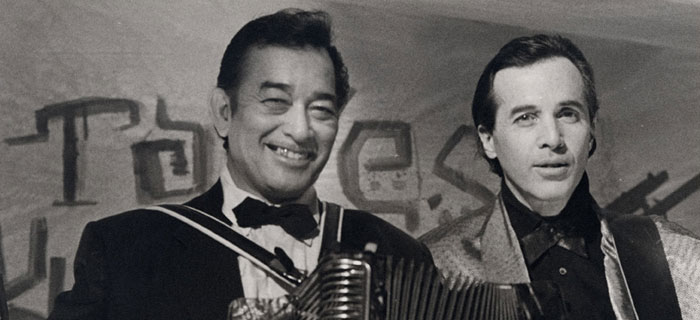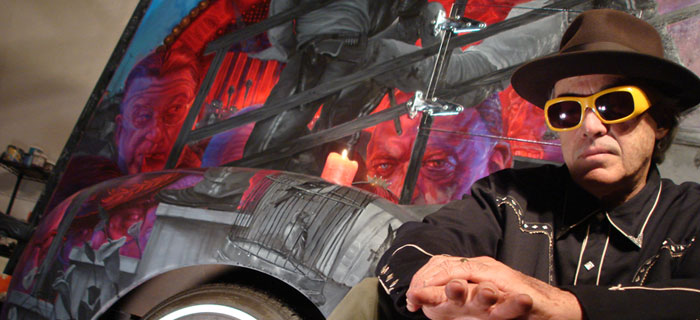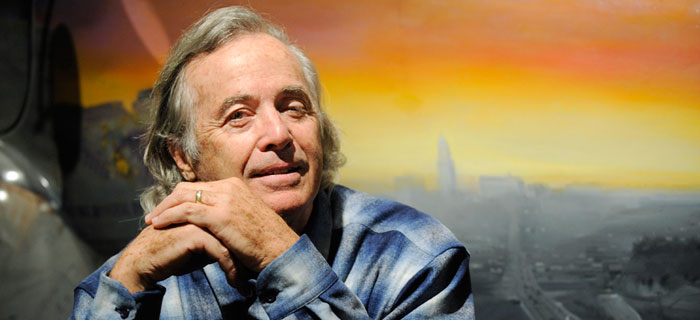Ryland Peter “Ry” Cooder is a multi-genre guitarist, string player, producer and multiple Grammy winner. Cooder writes original songs and often personalizes and updates obscure, pre 1960s music in a wide variety of styles. He has become a key roots music curator, and his personal catalog incorporates session work, soundtracks and collaborations with some of the world’s most interesting and diverse musicians.
Cooder has covered a wide swath of Americana, roots and World music, working in genres including Rock, Be Bop, Blues, R&B, Folk, Tex Mex, Hawaiian slack key, Irish, Indian, Norteños and African styles. I see him as one of the keepers of the flame of Americana music.
Director Walter Hill, for whom Cooder scored several movies, says Cooder is “the most talented person I've ever known. Not simply a singer or a guitarist or a folklorist or a collector of indigenous musics or a rock 'n' roller or a bluesman - but a very great artist who uses all these things to make the material of his own music."
Cooder was born in Santa Monica, California, in 1947, and graduated from Santa Monica High School in 1964. He still lives in Santa Monica, with his wife, Susan, to whom he has been married for almost thirty years. His son, Joachim, regularly plays and tours with him, playing drums.
During the 1960s, Cooder attended Reed College in Portland, Oregon, for a short time. "I liked the trees, I liked nature, I liked being up in Portland," he says, "but once you've recorded with Captain Beefheart, you might get a little bored in college." Cooder began to miss classes due to session work in LA. His counselor requested a meeting about the absences, and when Cooder told him he had made $5K for one week’s work in the studio, he asked Cooder, “Why are you here?”
He has had a glass eye since he was four, when he accidentally stuck a knife in his left eye while trying to repair a toy car. "All I remember is sitting in dark rooms and going to hospitals and seeing doctors,” he says. “A kid can't foresee anything like that, and once it happened it seemed as if the sky could fall in, as if at any time something can go wrong in a big hurry, and forever.” His left eyelid occasionally droops, which makes him look sleepy.
"So, what it amounts to for me, so far, it’s just that the instrument was given to me to do, you know, when I was pretty young. Four years old. A man came, gave me a guitar and said, ‘here, play this.’ And he seemed to know something. And I did. I just took it up and played it and have ever since.”







